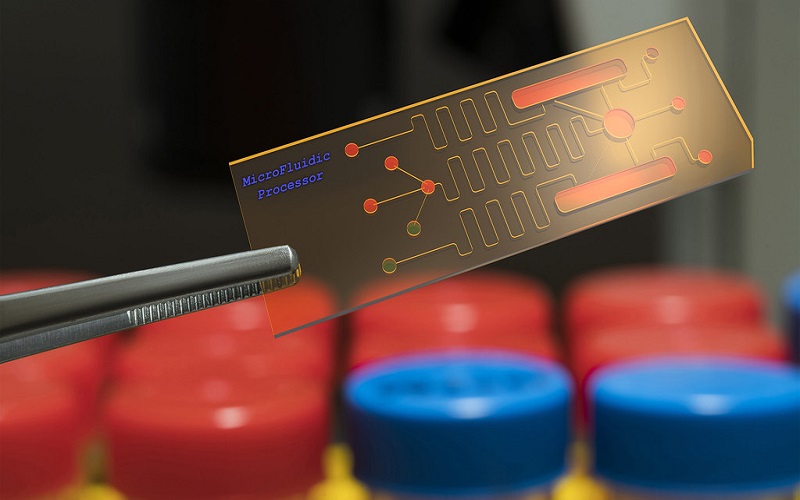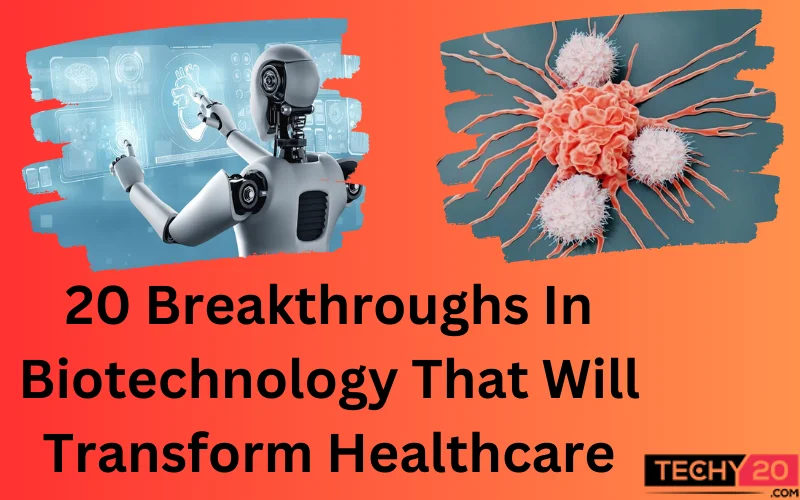Biotechnology is at the forefront of revolutionizing healthcare in ways that were once unimaginable. Advancements in biotechnology have the potential to tackle some of humanity’s most pressing medical challenges, from curing previously incurable diseases to enhancing diagnostics and treatment options. In recent times, biotechnology has witnessed several revolutionary innovations capable of improving people’s lives worldwide. In this article, we will talk about 20 such breakthroughs in biotechnology innovations that will transform the landscape of healthcare in the near future.
1. 3D Bioprinting
3D printing was a breakthrough invention in the 2010s and with time, it has been adopted in Biotechnology. 3D Bioprinting as it is known, makes use of living cells to replicate skin, tissues, cartilage as well as different organs of the human body such as the heart, lungs, kidneys, etc. This revolutionary innovation can also repair damaged tissues in the body and holds immense promise for regenerative medicine.
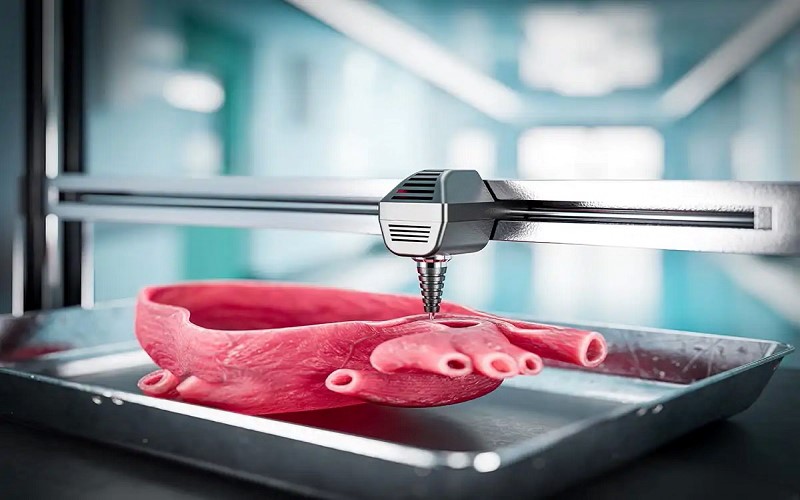
2. CRISPR-Cas9 Gene Editing
Swiss-based CRISPR Therapeutics developed the revolutionary CRISPR-Cas9 technology that allows sequencing of the human genome. Often considered to be the pinnacle of biological research, this technology can cure hereditary diseases such as sickle cell anemia and other genetic disorders. Although initially, the cost of gene editing was as high as $95 million, in recent times it has fallen down to $950.
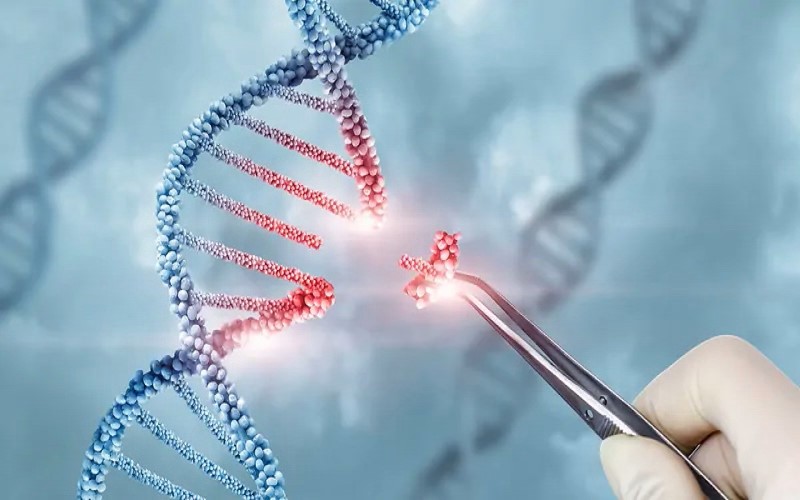
3. Bioplastics
Plastics cause a great threat to our planet as they are toxic in nature and take hundreds of years to break down. Thus, arises the need for biodegradable alternatives that will reduce the use of plastic and gradually replace them altogether. Bioplastics are eco-friendly alternatives to traditional plastics, derived from renewable sources like plants or bacteria, reducing environmental impact. Bioplastics solve the problem of plastic usage to a great extent.

4. Nerve Regenerator
Northwestern University’s developed nano gel overcomes the hurdle of scar tissue hindering nerve fiber growth in injured spinal cords. Upon injection as a liquid, the nano gel self-assembles into a scaffold of nanofibers. Peptides within the fibers direct stem cells away from forming scar tissue, promoting nerve development. The scaffold also aids in the growth of new axons along the spinal cord.
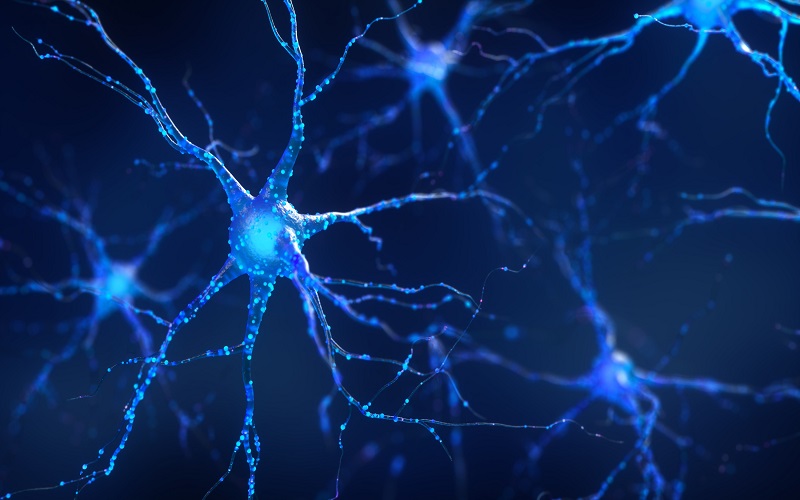
5. Immunotherapy
Immunotherapy is a great innovation in the field of biotechnology in recent times. It leverages the human body’s immune system to combat diseases and come up with cures. The treatment involves boosting the immune response of the body which empowers the body to recognize and attack cancer cells more effectively. Ongoing research in immunotherapy promises transformative advancements, making it a promising option for a wide range of diseases.
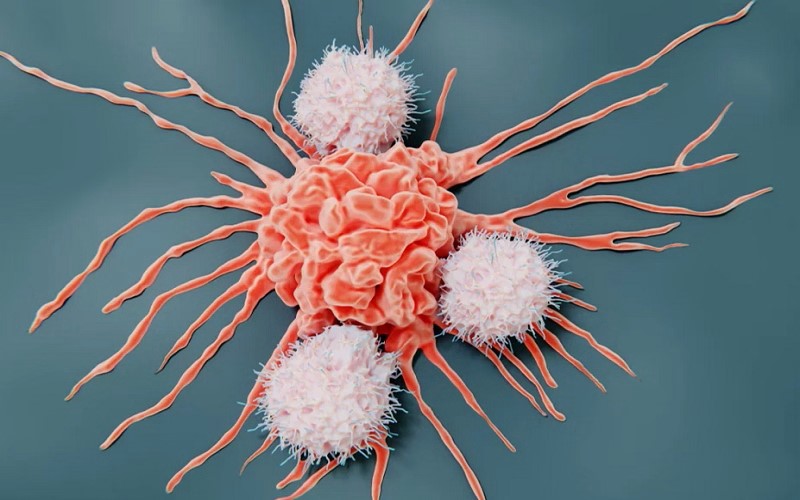
6. Microbiome Therapies
Microbiome therapy is a great biotechnological breakthrough that involves manipulating the collection of microorganisms living in the human body. Treatments can be developed that positively influence digestion, immunity, and overall well-being by understanding the balance of the microbes. Microbiome therapies can treat gastrointestinal disorders, infections as well as mental health issues.

7. Muscle Stimulator
During the time when broken bones recover, nearby muscles are often weakened due to the lack of use. StimuHeal, an Israeli company has recently developed a battery-operated device, the MyoSpare that solves this problem. It uses electrical stimulators to exercise muscles and keep them strong. This technology is used to strengthen the muscles at the time of recovery after a bone fracture.
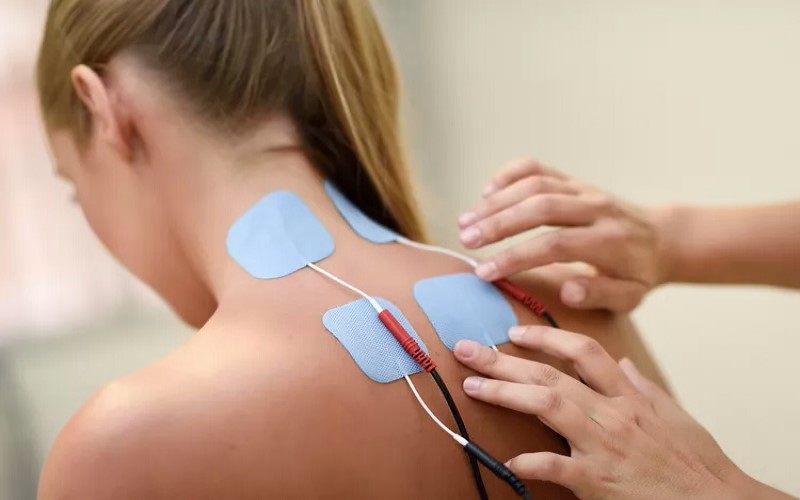
8. RNA Therapeutics
RNA-based therapies, such as mRNA vaccines, have garnered significant attention for their potential to treat a wide range of diseases, including cancer and infectious diseases. Applying its expertise in developing COVID-19 vaccines alongside Pfizer, BioNTech is utilizing the same technology to combat multiple sclerosis (MS).
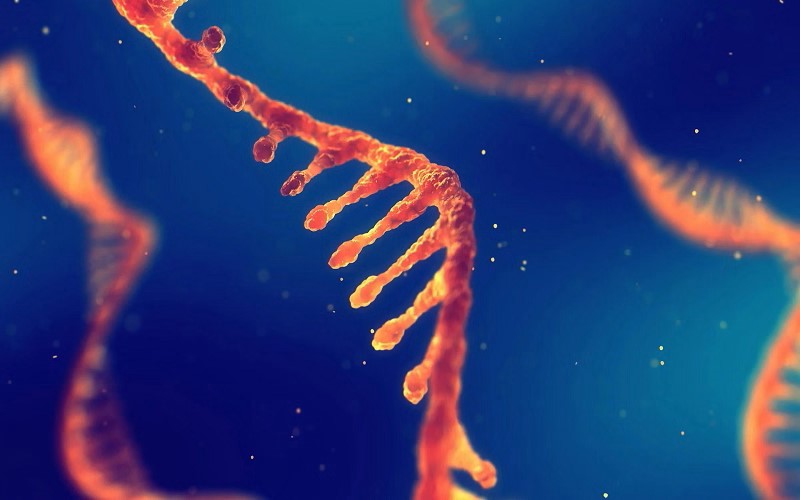
9. Rocket-Powered Arm
Vanderbilt University scientist Michael Goldfarb has devised an innovative approach to enhance the strength of prosthetic limbs without bulky battery packs. His solution involves using rocket propellant, specifically a pencil-sized version of a mono-propellant rocket-motor system like the one used for space shuttle maneuvers. This rocket-powered prosthetic arm can lift 20 pounds, surpassing current models by three to four times. Hydrogen peroxide fuels the arm, providing an impressive 18 hours of normal activity on a single charge.
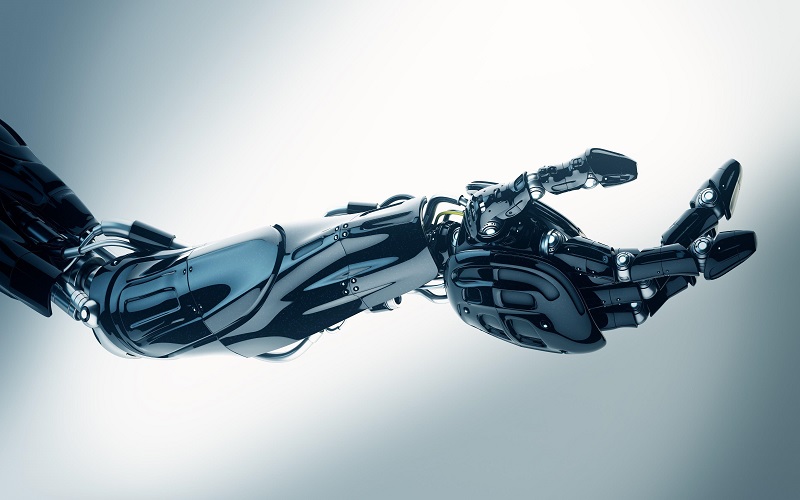
10. Speech Restorer
Ambient Corporation, based in Illinois, has introduced the groundbreaking “phonetic speech engine” for individuals who have lost their ability to speak. Developed with Texas Instruments, the Audeo employs electrodes to detect neural signals between the brain and vocal cords. Users mentally articulate words, and the quarter-sized Audeo device, embedded in a neck brace, wirelessly transmits these impulses to a computer or cellphone. The result is an audible voice, providing a means for patients to communicate effectively once again.
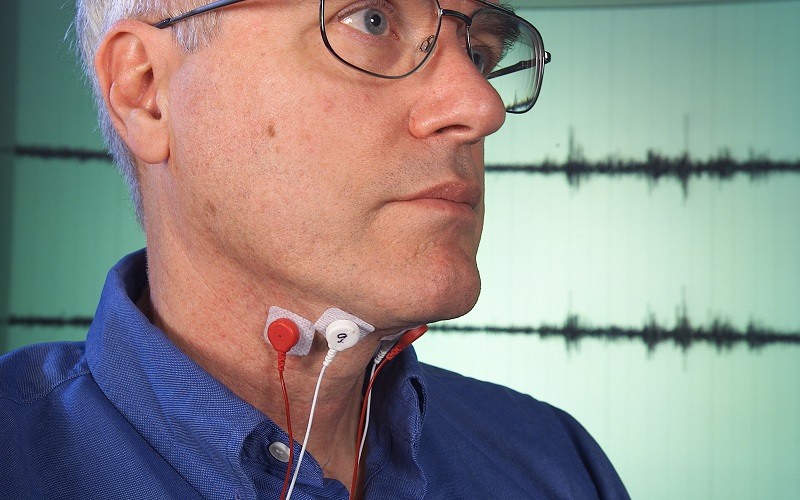
11. Artificial Intelligence In Diagnostics
AI algorithms analyze extensive medical data, identifying patterns and relationships, and revolutionizing medical diagnostics. This transformation leads to improved patient outcomes and a more efficient healthcare system. By enhancing diagnostic capabilities, AI has the potential to revolutionize healthcare, improve patient outcomes, and reduce the burden on healthcare professionals.
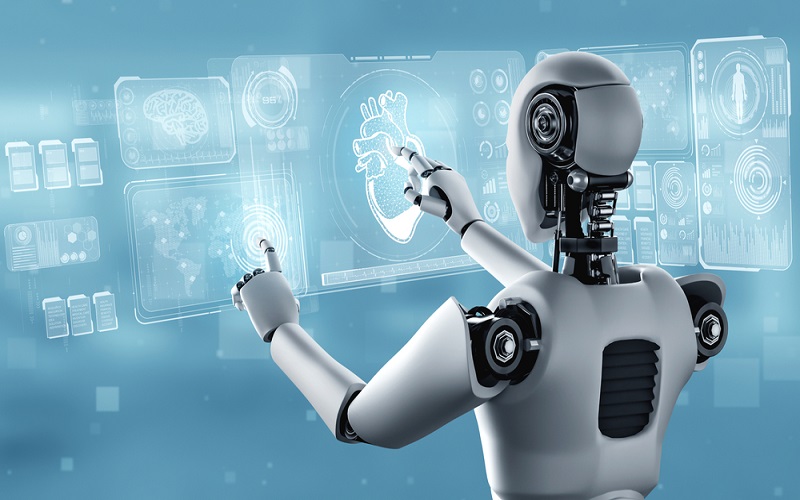
12. Organ-on-a-chip Technology
Organ-on-chip (OoC) technology involves systems that contain engineered or natural miniature tissues which are grown inside microfluidic chips. These chips can effectively mimic human physiology by controlling the cell environment and preserving tissue-specific functions. This provides a more accurate and ethical platform for drug testing and has the potential to reduce the need for animal testing.
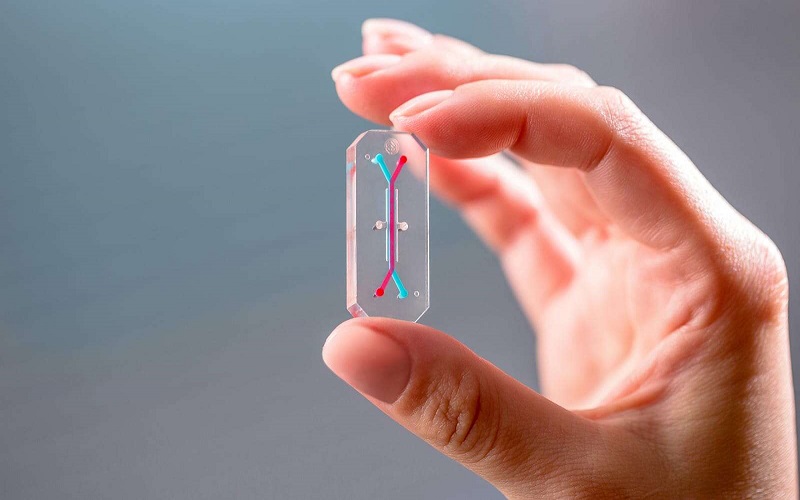
13. Smart Contact Lens
University of California-Davis has developed innovative contact lenses to combat glaucoma, the second-leading cause of blindness. These lenses feature conductive wires that monitor eye pressure and fluid flow continuously. The data is then transmitted wirelessly to a small device worn by the patient, which further sends it to a computer. This constant data flow enables doctors to gain deeper insights into the disease’s causes. In the future, these lenses may even have the ability to automatically dispense drugs in response to pressure changes, enhancing glaucoma management.
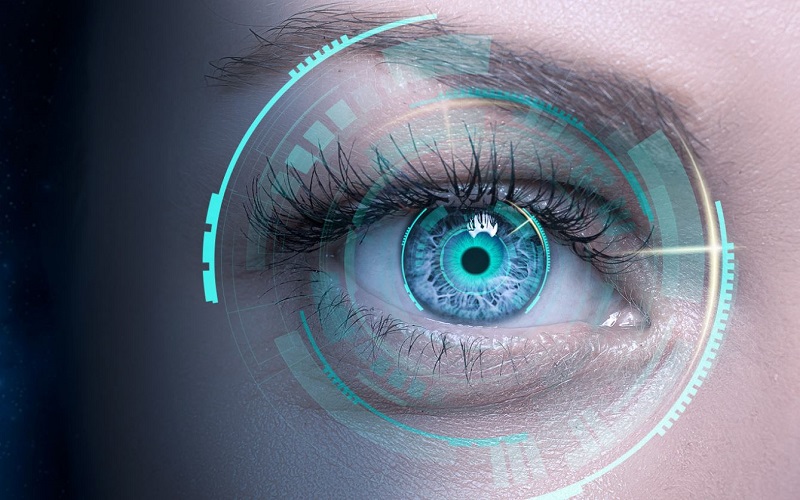
14. Portable Dialysis
Xcorporeal, based in Los Angeles, has developed an innovative artificial kidney for over 15 million adult Americans affected by kidney diseases. Unlike standard dialysis, which requires hospital visits three times a week, this portable and fully automated machine can continuously cleanse the blood around the clock. Weighing less than 5 pounds, it is battery-operated and waterproof, providing patients with greater flexibility and convenience in managing their condition.
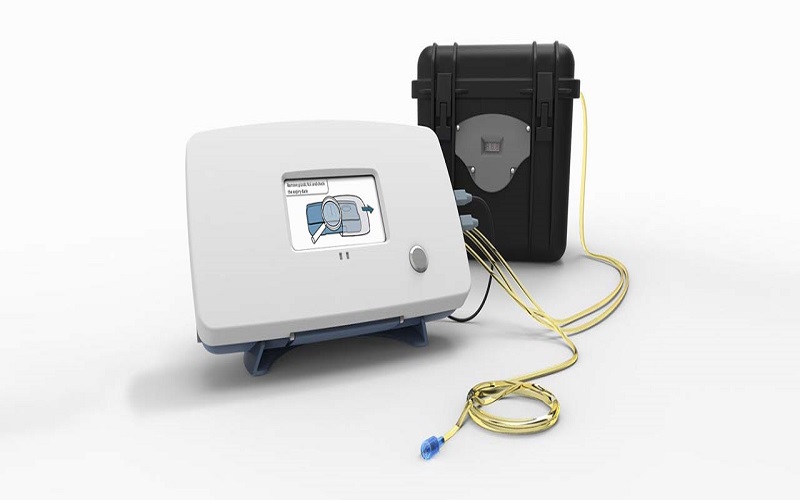
15. DNA Data Storage
DNA data storage is a cutting-edge method that encodes data into DNA nucleotide bases (A, C, G, T) rather than binary digits (1s and 0s). This process provides numerous advantages, including high data storage capacity, exceptional durability, compactness, and low vulnerability to technical and electrical failures. Additionally, data can be easily copied and replicated, making DNA data storage a promising and revolutionary approach for long-term and reliable information preservation.
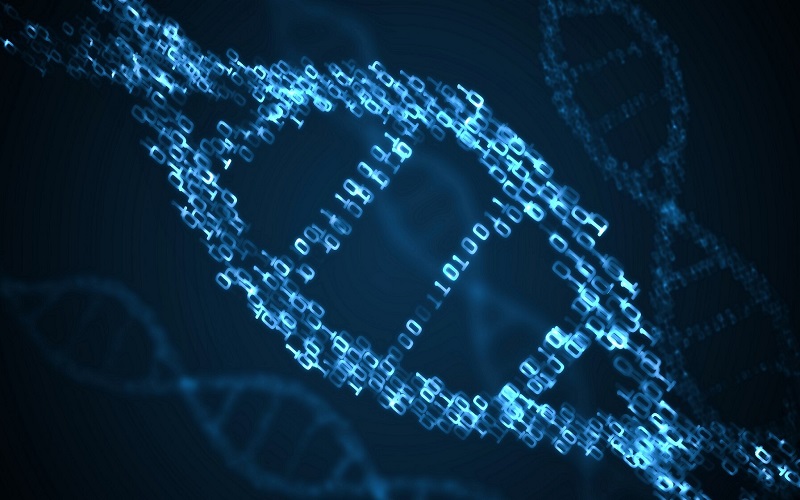
16. Absorbable Heart Stent
Illinois-based Abbott Laboratories has successfully developed bio-absorbable stents, which can replace traditional metal stents used to open narrowed or blocked arteries due to coronary artery disease. The specialty of these stents is that they release medication to prevent re-narrowing and, unlike metal stents, they gradually dissolve after six months. The stent completely disappears after 2 years, leaving behind a fully restored and healthy artery.
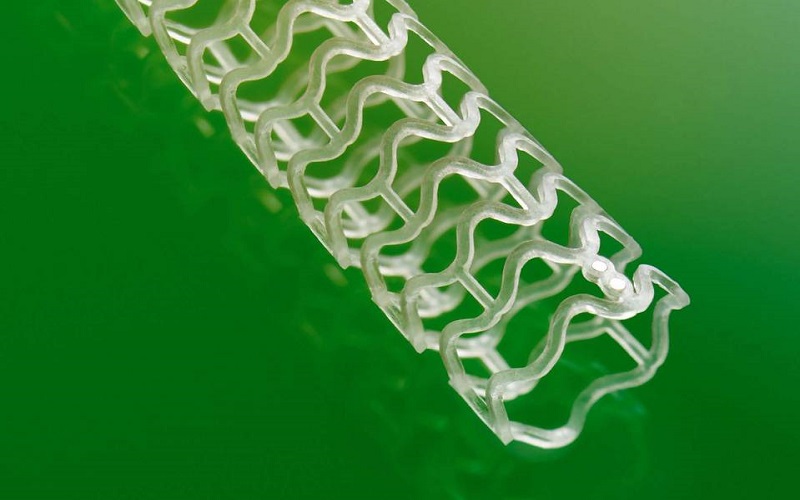
17. Prosthetic Feedback
Prosthetic limbs face a monitoring challenge as amputees lack spatial awareness of their artificial limbs. To address this, Stanford University graduate student Karlin Bark is working on a solution. By developing a device that stretches an amputee’s skin near the prosthesis, the device provides valuable feedback about the position and movement of the limb. This innovation aims to enhance the user’s sense of their prosthetic, improving overall functionality and comfort.
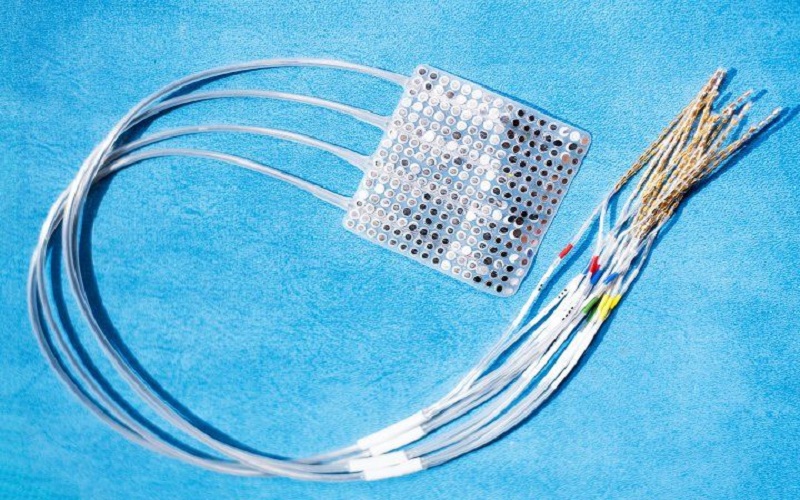
18. Wearable Biomedical Devices
Wearable biomedical devices are getting more popular with each passing day. These devices can track vital signs, such as heart rate, blood pressure, and body temperature, offering real-time insights into a person’s health status. These devices make use of biosensors which allows them to track early signs of diseases leading to timely treatments and improved health outcomes.
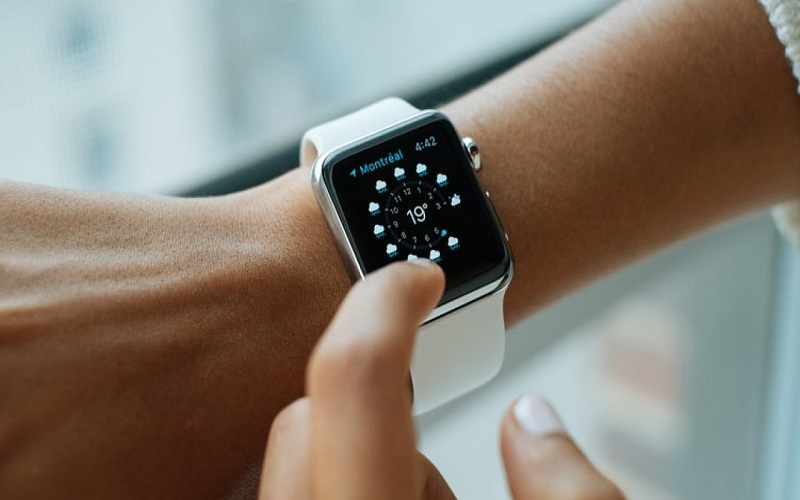
19. Personalized Medicine
Personalized medicine is an evolving medical approach that utilizes an individual’s genetic profile to inform decisions on disease prevention, diagnosis, and treatment. Understanding a patient’s genetic makeup empowers doctors to choose appropriate medications and therapies, ensuring the correct dosage and regimen for each person. Data from the Human Genome Project significantly contributes to the advancement of personalized medicine, revolutionizing how healthcare is tailored to each patient’s unique needs.
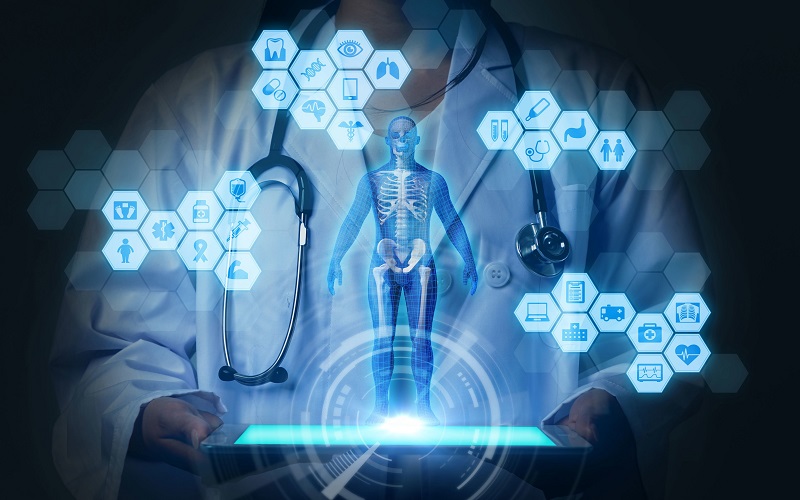
20. Biosensors
Biosensors are a key development in medical technology, capable of tracking biosignatures like blood pressure, pulse, and body temperature. Sensible Medical’s vest monitor, for example, tracks lung fluid levels in heart failure patients and can issue immediate alerts to doctors, potentially saving lives. These innovations are set to revolutionize health monitoring in the next decade.
